Five years before he was charged with killing two middle school students near an Indiana trail, Richard Allen reached out to authorities about the double murder: He’d been in the area the day the girls were killed, he told an investigator at the time.
That information, contained in a “lead sheet” maintained by law enforcement, was inadvertently marked clear, and it wasn’t until 2022 when a volunteer clerk tasked with helping organize thousands of tips in the investigation discovered it and set into motion the events that led to Allen’s arrest.
The revelation emerged in a Carroll County courtroom this week, where law enforcement officers, witnesses and others detailed their involvement in the case during the first full week of testimony about the Feb. 13, 2017, killings of Liberty German, 14, and Abigail Williams, 13.
 Liberty German and Abigail Williams. NBC Chicago
Liberty German and Abigail Williams. NBC ChicagoLawyers for Allen, a 52-year-old former CVS employee, have said he is “truly innocent.”
In court filings, Allen's legal team has said the killings could have been part of a ritual sacrifice, and at trial, they’ve challenged the prosecution’s timeline as well as accounts from witnesses that, in one instance, placed a man “covered in mud and blood” near the area where the teens’ bodies were found.
At trial Thursday, defense lawyer Andrew Baldwin asked the clerk, Kathy Shank, if his client was trying to "assist" the investigation.
The prosecution objected, calling the question "speculation," and the judge sustained, NBC affiliate WTHR of Indianapolis reported.
The investigator who spoke with Allen in 2017 was Dan Dulin, then a conservation officer with the Indiana Department of Natural Resources. He testified Thursday that he helped local authorities follow up on leads related to the killings.
On Feb. 16, 2017 — three days after the homicides — Dulin said he picked up a lead sheet with Allen’s name and phone number. The officer asked to meet Allen at his home, but he declined, Dulin said, and requested that they meet at a grocery store parking lot instead.
During the unrecorded conversation that followed, Dulin testified, Allen told him he parked at a Farm Bureau lot and walked toward an abandoned rail bridge — it's now part of the Delphi Historic Trails network — where the teens had planned on spending their day off from school.
Allen was there between 1:30 p.m. and 3:30 p.m., Dulin recalled him saying, and he passed three girls along the way.
After roughly 10 minutes, Dulin said, the conversation was over. Dulin typed up his notes and submitted the file to investigators, he testified.
Five years later, Shank, a retired receptionist for the Department of Children’s Services who volunteered with the investigation, was sorting through thousands of leads when she came across a file box containing a tip with the name “Richard Allen Whiteman.”
The tip incorrectly identified Allen’s last name, Shank testified, and it was marked “cleared.” But in September 2022, Shank flagged it to a detective who testified that investigators had been trying to find a man who witnesses reported seeing on the trail that day.
The detective, Tony Liggett, now Carroll County Sheriff, said he believed that man was someone who’d become known to investigators as “the bridge guy.” The phrase referred to a mysterious Snapchat video found on Abigail’s phone that showed a white man wearing jeans and a dark jacket walking on the bridge.
In a statement released after the killing that included a brief clip of the video, authorities described the unidentified man as a suspect in the teens’ homicide.
One of the witnesses, Railly Voorhies, testified Tuesday that she said hello to a man who was overdressed for the weather, with a hat, a mask and dark clothes. He didn’t respond when she waved, said Voorhes, then a 16-year-old high school student who was friends with the victims, and he “did not seem like a happy person.”
Once she saw the Snapchat image, Voorhies testified, she said she realized that was the same man she’d waived to.
A defense lawyer for Allen, Jennifer Auger, noted that Voorhies’ initial description to police of the man on the trail — a man in his 20s or 30s with curly hair and a square jaw — was different than the one she provided in court.
Asked if the “bridge guy” image could have influenced her memory, Voorhies responded: “Possibly.”
Liggett testified that he believed the witnesses who described seeing Allen on Feb. 13 were credible. And he said the information Allen provided to authorities days later was marked as cleared when it shouldn’t have been.
Allen “got lost in the cracks,” he said.
After Shanks provided Liggett with the lead sheet, investigators returned to Allen and interviewed him again. Allen provided a similar account, according to former Delphi Police Chief Steve Mullin, who conducted the interview, though Allen said he’d arrived at the trail at noon and left at 1:30 p.m.
When Mullin showed Allen a photo of the “bridge guy,” the former chief testified, Allen responded: “If the picture was taken with the girl’s camera, there was no way it could be him,” Mullin testified.
Authorities then served a search warrant on Allen’s home and found a .40 caliber Sig Sauer handgun that prosecutors have said matches a bullet found near the girls’ bodies. In his testimony, Liggett said it was the discovery of that bullet along with witness accounts that prompted Allen’s arrest.
Ballistics experts testified Friday about how they matched the bullet to Allen's handgun.
Tim Stelloh is a breaking news reporter for NBC News Digital.

 3 settimane fa
207
3 settimane fa
207



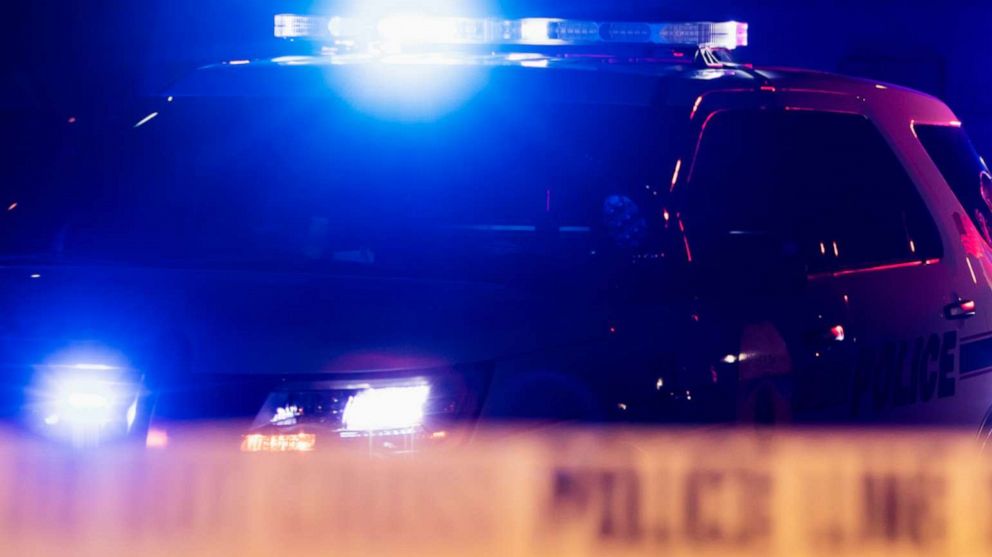

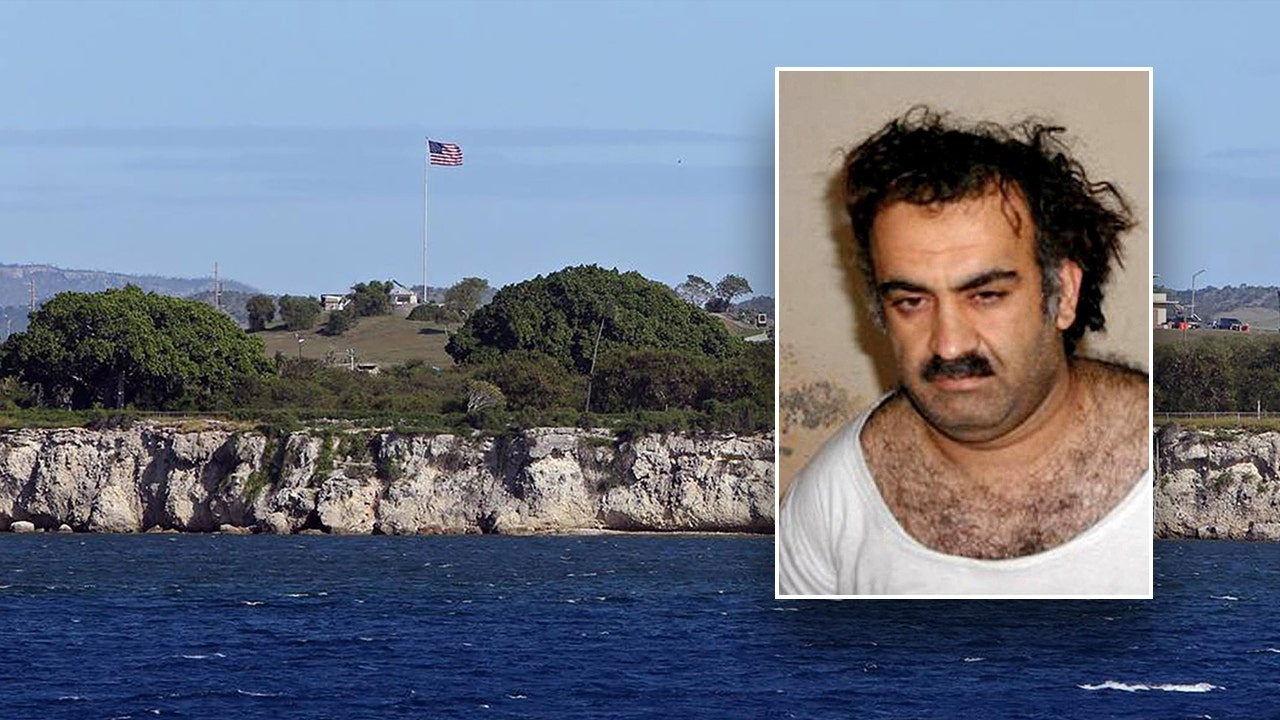
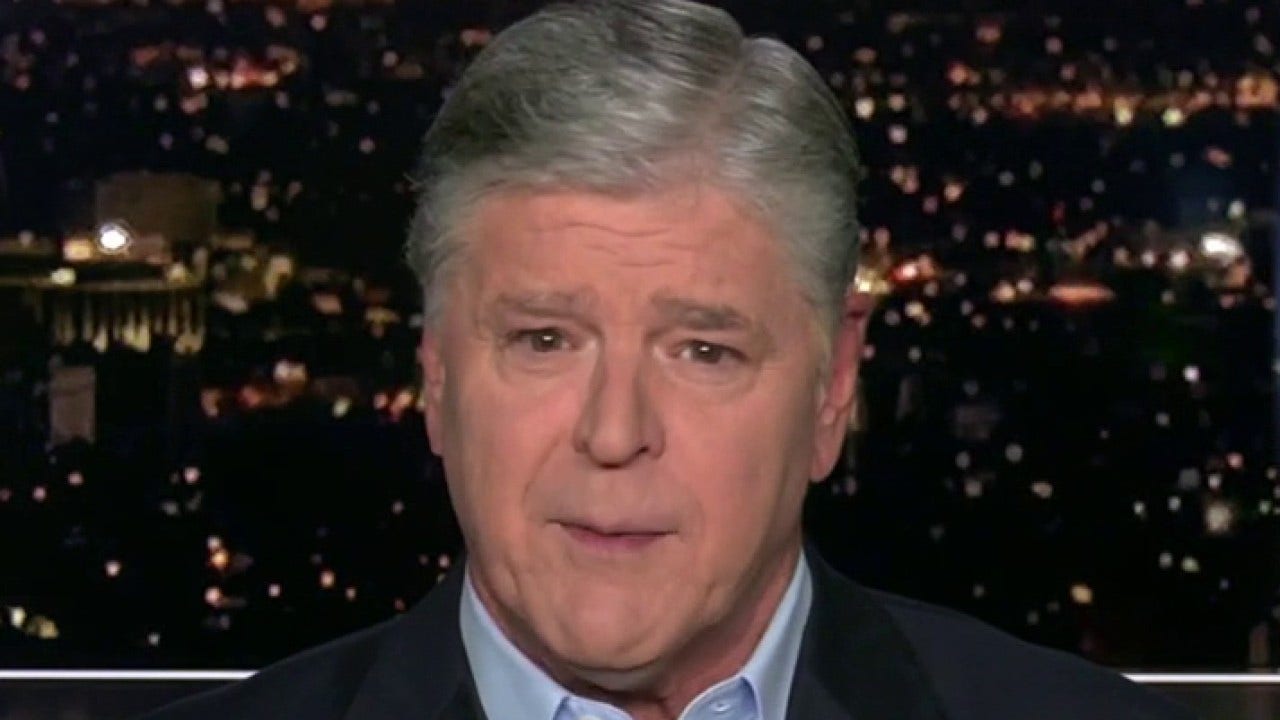
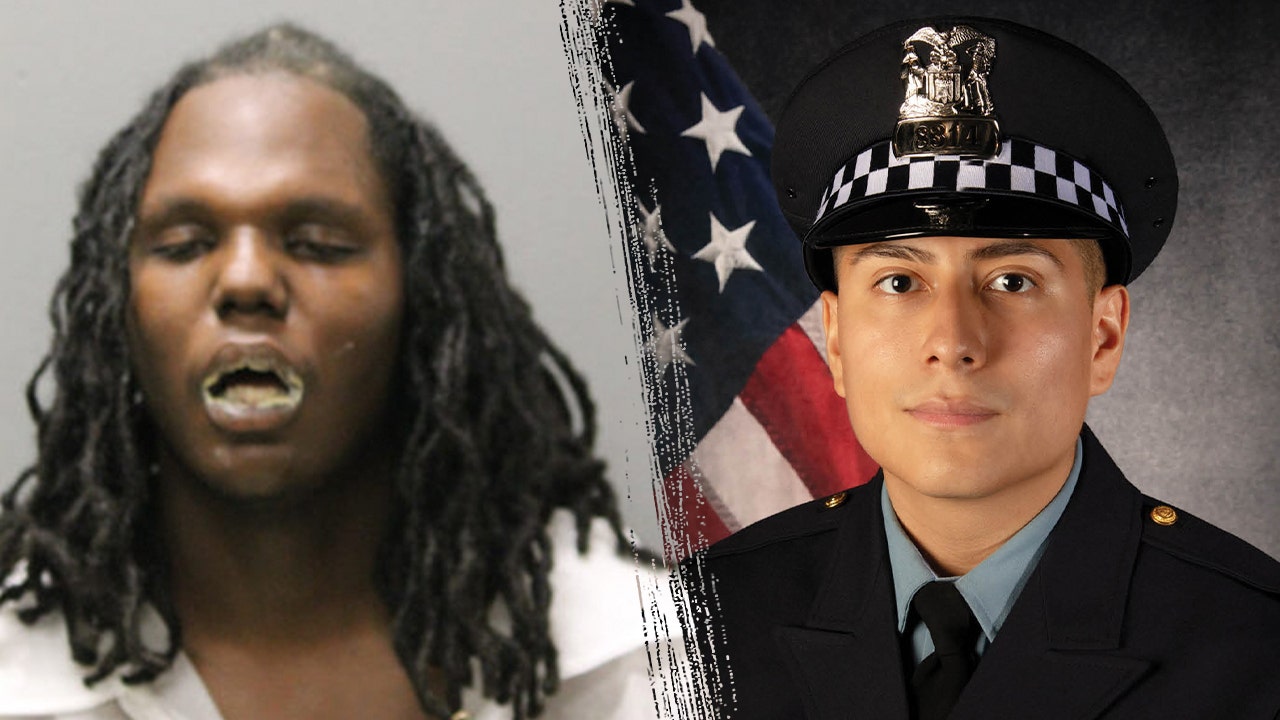
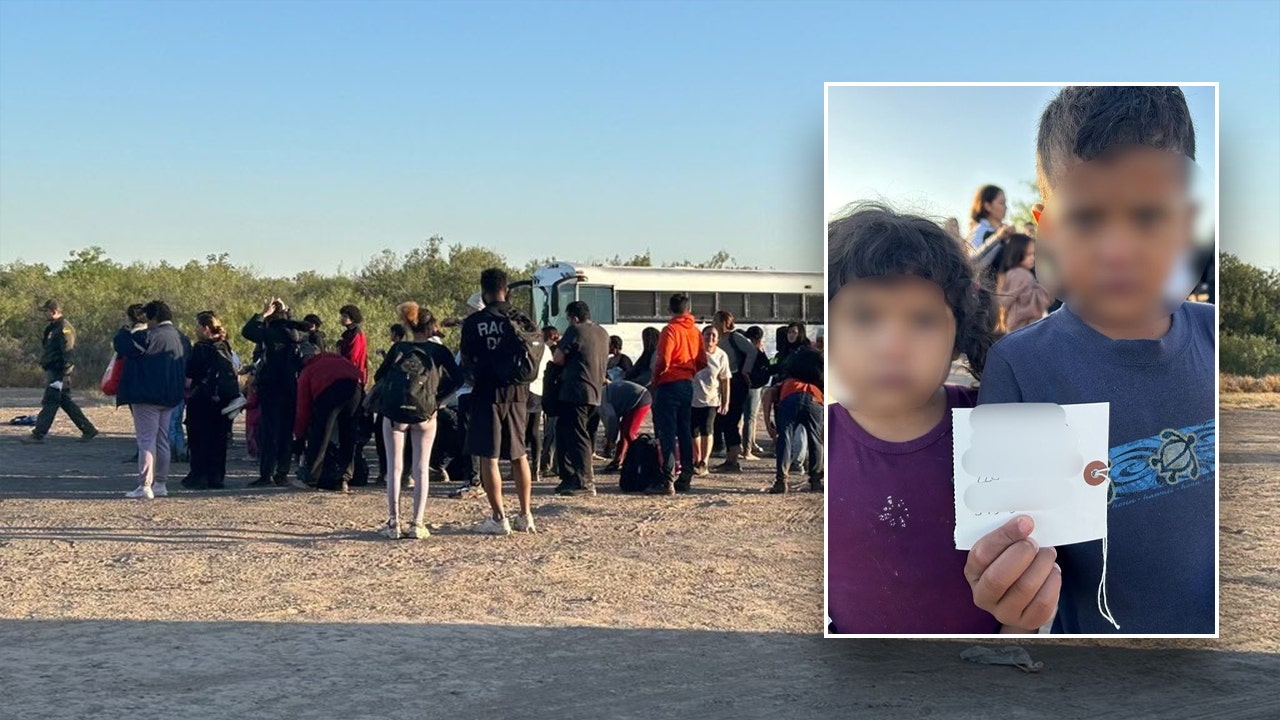






 English (US) ·
English (US) ·